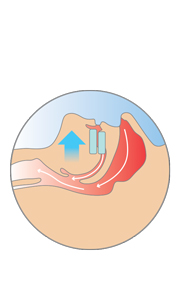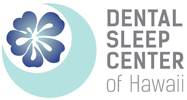Obstructive Sleep Apnea (OSA): A Serious Health Condition OSA & Snoring
The National Heart, Lung and Blood Institute estimates that more than 12 million Americans—or 1 in 5—have some degree of Obstructive Sleep Apnea (OSA). Men are twice as likely to have the condition as women and it is more prevalent in certain ethnic groups (African-Americans, Hispanics and Pacific Islanders) than in Caucasians. The likelihood of developing sleep apnea increases with age, yet people of any age, even children, may be affected. For women, the condition is more likely after menopause.
Many people snore and most don’t have OSA; however, most people with OSA snore.
Obstructive Sleep Apnea (OSA) is the most common form of sleep disordered breathing (SDB)
With OSA, the muscles at the back of the throat relax so much that they obstruct the upper airway, interrupt breathing and cause mini-awakenings called arousals.

Here are the facts:
- 1 in 5 adults has OSA
- 1 in 15 has moderate to severe OSA
- 9% of middle-aged women and 25% of middle-aged men suffer from OSA
- 75% of severe SDB cases remain undiagnosed
- 43% of patients with mild OSA and 69% of those with severe OSA have hypertension
- 65% of stroke patients have SDB
- Moderate to severe sleep apnea triples stroke risk in men
- Health-care costs of undiagnosed SDB patients was $200,000 more in the two-year period prior to diagnosis than matched controls
- People with moderate to severe sleep apnea have an up to 15-fold increase of being involved in a traffic accident
